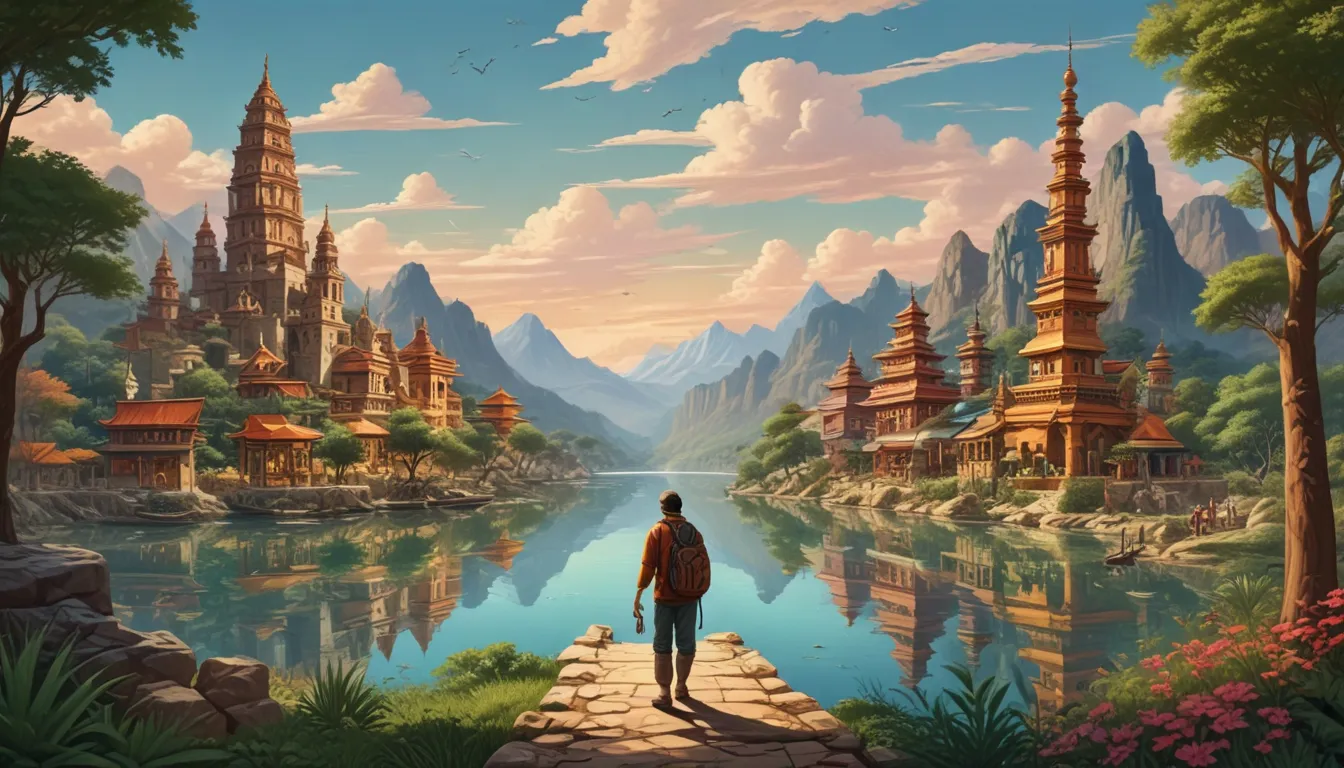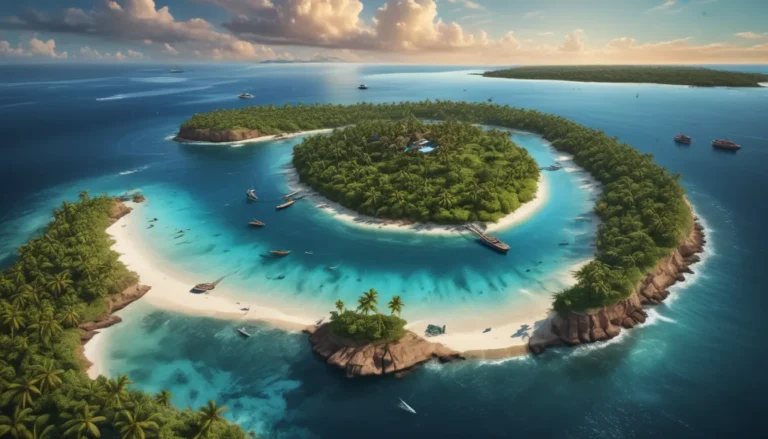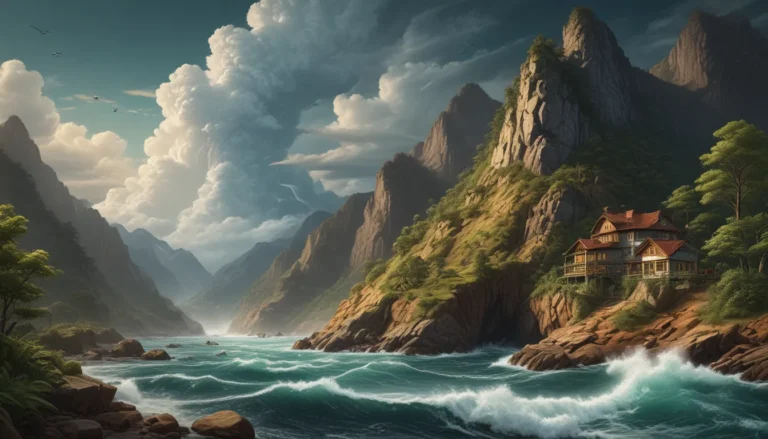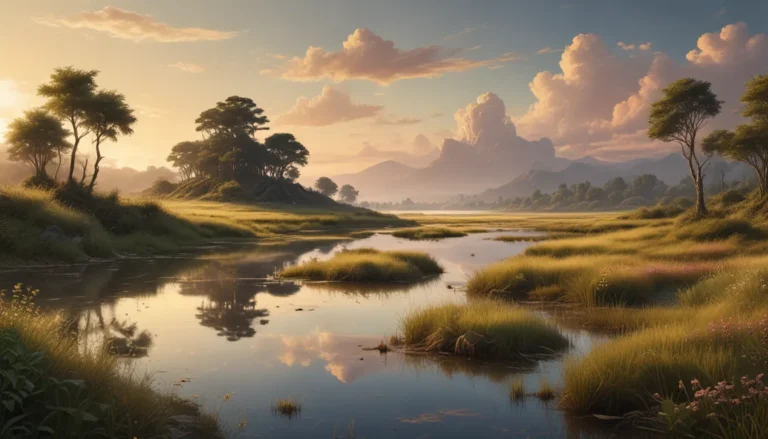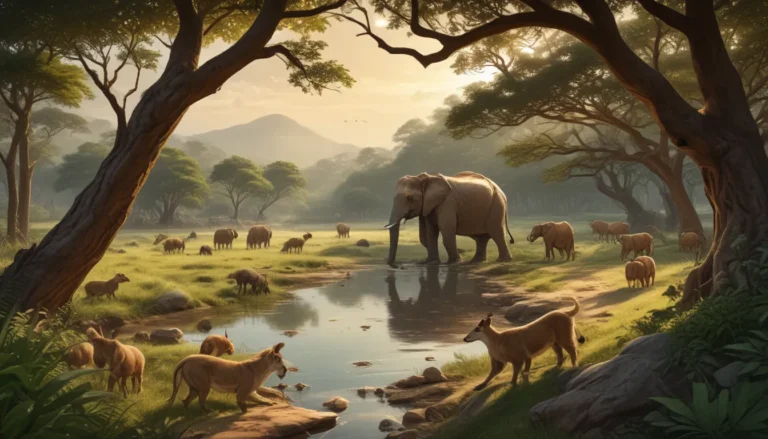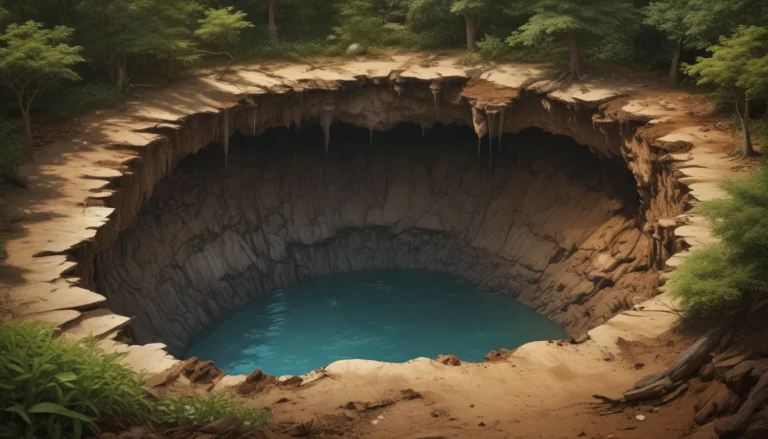A Note About Images: The images used in our articles are for illustration purposes only and may not exactly match the content. They are meant to engage readers, but the text should be relied upon for accurate information.
The world is a treasure trove of natural wonders and architectural marvels, but it is the intricate tapestry of cultural landscapes that truly captivates the imagination. These landscapes not only showcase the beauty of nature but also tell the stories of civilizations past and present. From ancient archaeological sites to bustling urban centers, cultural landscapes offer a unique glimpse into how people have shaped and interacted with their surroundings throughout history.
Unlocking the Mysteries of Cultural Landscapes
Cultural landscapes are a reflection of human activity, bearing the imprint of generations past and present. Unlike natural landscapes, cultural landscapes are shaped by human interventions such as agriculture, urban development, and artistic expression. These interventions not only transform the physical environment but also embody the values, traditions, and way of life of the communities that inhabit them.
The Identity of a Community: Unveiled
Each cultural landscape is a living testimony to the identity of a community or society. From ancient heritage sites steeped in history to modern urban areas pulsating with life, these landscapes narrate the tales of human diversity and creativity. They are vibrant reflections of the unique values, customs, and traditions that define a particular culture or society.
UNESCO’s Seal of Approval
The United Nations Educational, Scientific and Cultural Organization (UNESCO) plays a pivotal role in identifying and preserving outstanding cultural landscapes across the globe. These designated sites are deemed to possess exceptional universal value and are safeguarded for future generations to cherish and learn from.
The Diversity of Cultural Landscapes
Cultural landscapes are not confined to rural areas; they also extend to urban spaces brimming with cultural significance. Historic city centers, iconic landmarks, and neighborhoods boasting distinct architectural styles all contribute to the richness of cultural landscapes, weaving a rich tapestry of human history and creativity.
A Living Legacy: Constant Evolution
Cultural landscapes are dynamic entities that evolve in response to changing social, economic, and environmental conditions. This evolutionary process ensures that these landscapes remain relevant and meaningful to the communities that inhabit and shape them, fostering a sense of belonging and continuity.
The Harmony of Nature and Human Presence
Some cultural landscapes seamlessly blend with the natural environment, showcasing minimal human intervention. Others boast intricate modifications such as terraced agriculture, majestic palaces, or architectural wonders like the Great Wall of China, underscoring the enduring relationship between humans and their environment.
Safeguarding Our Heritage: National Legislation
Many countries have enacted legislation to protect cultural landscapes from inappropriate development or destruction. Governments recognize the cultural and ecological significance of these landscapes, underscoring the importance of their preservation for future generations.
Economic Benefits of Cultural Landscapes
Cultural landscapes serve as magnets for tourism, stimulating local economies and creating avenues for employment. Visitors are drawn to these enchanting locales, eager to immerse themselves in the history, traditions, and artistry that define them, thereby contributing to the sustainable development of communities.
Nurturing Identity and Belonging
For communities residing within cultural landscapes, there exists a deep sense of connection and identity. These landscapes become integral to their sense of self, reinforcing heritage and fostering a shared pride in their cultural legacy.
A Source of Inspiration: Creative Expression
Artists, writers, and musicians draw inspiration from cultural landscapes, infusing their works with the essence of these unique locales. The interplay between human creativity and the landscape itself creates a vibrant tapestry of artistic expression across a myriad of mediums.
Cultivating Sustainable Development
By acknowledging the value of cultural landscapes, communities can devise strategies to protect and manage these precious spaces sustainably. This entails striking a balance between preservation and responsible tourism, promoting local livelihoods, and ensuring the continuity of traditional knowledge and practices.
Conclusion: A Journey Through Time and Space
Embarking on a journey through cultural landscapes is akin to traversing time and space, delving into the rich tapestry of human history and creativity. From ancient terraces to bustling urban enclaves, these landscapes offer a window into the diversity and grandeur of human civilization, inviting us to explore and discover our shared cultural heritage.
FAQs: Unveiling the Mysteries of Cultural Landscapes
-
What defines a cultural landscape?
A cultural landscape is a geographical area shaped by human activity, encompassing both natural elements and cultural additions that reflect the history and traditions of a particular community or society. -
Why are cultural landscapes significant?
Cultural landscapes offer insights into the history, traditions, and way of life of a culture or society, highlighting the interconnectedness between humans and their environment. -
How are cultural landscapes categorized?
Cultural landscapes can be classified based on their rural, urban, or industrial characteristics, as well as their historical or cultural significance. -
Are all cultural landscapes protected?
Not all cultural landscapes enjoy protection. While some are designated as World Heritage Sites, others may be safeguarded at the national or local level. However, many cultural landscapes face threats from urbanization and climate change. -
How can one explore cultural landscapes?
Exploring cultural landscapes can be done through guided tours, visitor centers, books, documentaries, and online resources. These avenues provide valuable insights into the history and significance of cultural landscapes, enriching the exploration experience.
Embrace the Richness of Cultural Landscapes
As we delve into the enchanting realm of cultural landscapes, let us celebrate the diversity, creativity, and resilience of human civilization. These extraordinary environments not only enchant the eye but also stir the soul, beckoning us to appreciate the intricate interplay between humanity and nature. So, embark on a journey through the world’s cultural landscapes, and immerse yourself in a tapestry of history, tradition, and artistry that transcends time and borders.
